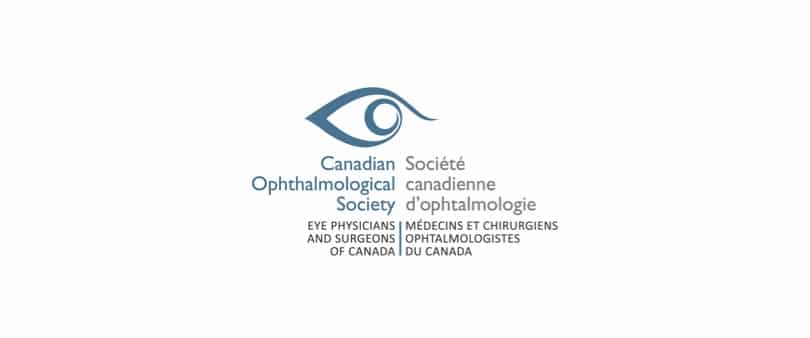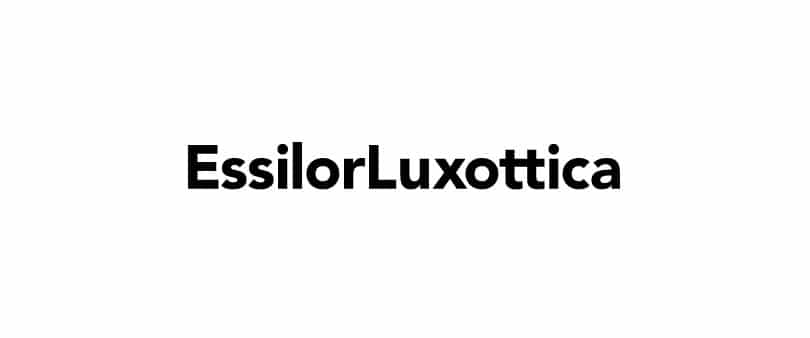Protect Your Vision: Safeguarding Canadians During the Total Solar Eclipse on April 8
Wednesday, April 3 2024 | 09 h 26 min | News
On April 8, Canadians will get to experience a total solar eclipse and it’s important to remember the significance of protecting their vision during this event.
The Canadian Ophthalmological Society (COS) wants to make sure Canadians are taking the proper precautions to keep their eyes safe when viewing the eclipse. Even a brief glance at the sun during this time can lead to irreversible eye damage, potentially causing vision loss, also called solar retinopathy.

When watching the solar eclipse, Canadians should take the following eye safety precautions:
- Protect your eyes at all times using safe solar viewing glasses or a safe handheld solar viewer that comply with the ISO 12312-2 international standard.
- It’s important to make sure that the glasses are not torn, scratched, or otherwise damaged before use.
- Do not look at the sun through a camera lens, telescope, binoculars, or any other optical device while wearing eclipse glasses or using a handheld solar viewer, as the concentrated solar rays will burn through the filter and can cause serious eye injury.
- Always supervise children using solar viewers.
What is solar retinopathy?
Solar retinopathy (also known as eclipse retinopathy) refers to photochemical injury to the macular tissue (central retina). It’s commonly associated with sungazing or eclipse viewing. A short duration of exposure, as little as a few seconds glancing at the sun, can cause solar retinopathy.
What are some of the symptoms associated with solar retinopathy?
Some of the symptoms associated with solar retinopathy include:
- Blurry vision
- Vision loss in the center of your sight
- Eye pain
How is solar retinopathy treated?
Unfortunately, there is no known treatment for solar retinopathy, and those affected have to wait for it to go away. Your eye doctor may schedule follow-up exams to monitor you for any vision loss.
How long does it take for solar retinopathy to go away?
Most improve on their own over 3-6 months. Unfortunately, vision changes that are still present 6 months after the injury may be permanent. Some people will continue to have permanent distortions and blind spots in their central vision.
What should you do if you do get direct eye exposure to the eclipse?
The best way to avoid vision loss or injury is prevention. Make sure to wear protective eyewear during an eclipse. If you experience any symptoms of eye damage after accidentally looking directly at the sun, seek immediate treatment from an ophthalmologist/eye care professional.
To learn more eye health in general, visit www.seethepossibilities.ca.
Additional Resources:
Queen’s University 2024 Total Solar Eclipse – find information and resources to help you safely experience and enjoy this unique astronomical event.
Canadian Space Agency – Looking directly at the sun, without appropriate protection, can lead to serious problems such as partial or complete loss of eyesight.
NASA’s Eclipse Explorer – an interactive map designed to enhance your eclipse-viewing experience. Crafted to complement our existing static eclipse maps, this tool enables users to dive into this amazing celestial event like never before.
Eclipse America 2024 – The solar eclipse of April 8, 2024, will be total in a narrow path from Mexico to Eastern Canada and partial to the northwest and southeast. Yellow curves indicate how much of the Sun is covered by the Moon outside the path of totality. The difference between a total solar eclipse and a partial one is literally the difference between night and day, so get yourself into the path of totality if you can.
Source: Canadian Ophthalmological Society
Want to see more like this article? Click here to subscribe to our FREE print magazines and e-newsletters!






